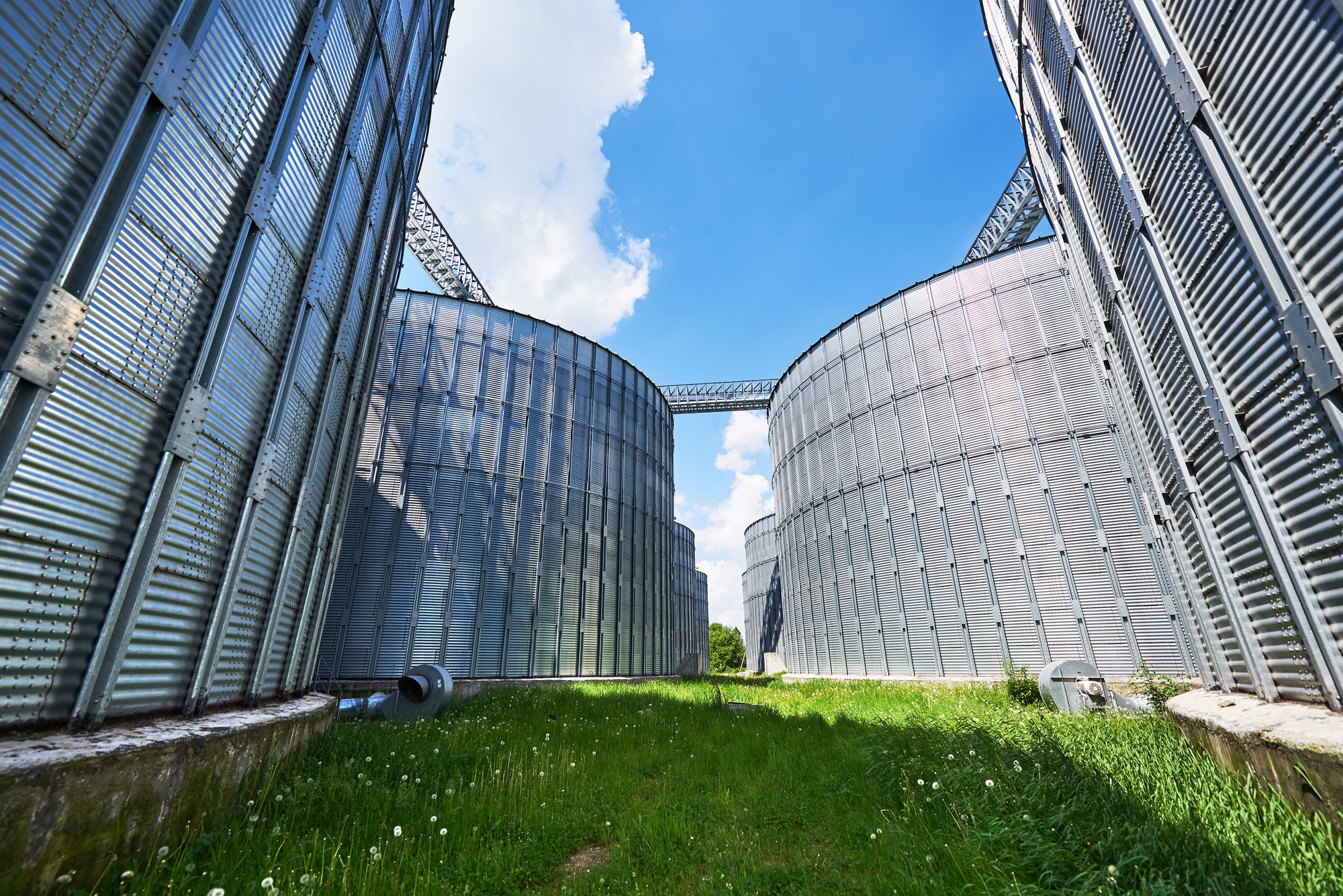Biogas has emerged as a significant component in the renewable energy landscape. Derived from the anaerobic digestion of organic materials such as agricultural waste, manure, municipal waste, plant material, sewage, green waste, or food waste, biogas offers a renewable and versatile energy source. This article explores the current state of the biogas industry, its role in the energy transition, recent growth trends, technological advancements, policy support, challenges, and future prospects.
Current State of the Biogas Industry
Biogas production involves the breakdown of organic matter by microorganisms in an oxygen-free environment, resulting in a mixture primarily composed of methane and carbon dioxide. This biogas can be utilized directly for heating and electricity generation or upgraded to biomethane, a purified form suitable for injection into natural gas grids or as a vehicle fuel.
In the United States, as of June 2024, there are 400 manure-based anaerobic digestion systems actively reducing methane emissions by capturing biogas. These systems not only mitigate greenhouse gas emissions but also contribute to energy diversification and waste management solutions.
Biogas in the Context of the Energy Transition
The transition to a sustainable energy system necessitates the integration of various renewable energy sources. Biogas plays a multifaceted role in this transition:
- Decarbonizing Hard-to-Electrify Sectors: Biogas and its upgraded form, biomethane, can replace fossil fuels in sectors where electrification is challenging, such as certain industrial processes and heavy-duty transportation.
- Enhancing Energy Security: By producing energy from locally sourced waste materials, biogas reduces dependence on imported fuels and contributes to a more resilient energy infrastructure.
- Supporting Grid Stability: Biogas facilities can provide dispatchable power, aiding in balancing grids that incorporate intermittent renewable sources like wind and solar.
Recent Growth and Investment Trends
The biogas industry has experienced notable growth in recent years:
- United States: In 2024, the U.S. biogas sector saw a record 125 new projects come online, marking a 17% increase compared to 2023. Wastewater projects led this expansion with a 147% growth rate. Additionally, capital investment in biogas projects across various sectors grew by 40% year-over-year in 2024.
- European Union: Projections indicate that by 2040, the biogas sector could deliver up to 101 billion cubic meters of biomethane to the EU, highlighting its potential in achieving energy and climate objectives.
Technological Innovations
Advancements in technology are enhancing the efficiency and applicability of biogas production:
- Biogas Upgrading Technologies: Innovations in upgrading raw biogas to biomethane are improving the quality and expanding the use cases of biogas. Techniques such as pressure swing adsorption, water scrubbing, and membrane separation are becoming more efficient and cost-effective.
- Integration with Waste Management Systems: Developments in waste-to-energy technologies are enabling more effective conversion of municipal solid waste into biogas, contributing to both energy production and waste reduction.
Policy Support and Regulatory Environment
Government policies and regulations play a crucial role in the development of the biogas industry:
- Investment Tax Credits (ITC): In the United States, the Section 48 ITC provides tax credits for qualified biogas properties. Efforts are underway to extend this credit through December 31, 2025, to support continued investment in biogas projects.
- Renewable Fuel Standards (RFS): Policies like the RFS mandate the blending of renewable fuels with gasoline, creating a market for biogas-derived fuels and incentivizing production.
- European Union Directives: The EU has set ambitious targets for renewable energy integration, with specific provisions supporting biogas production and utilization.
Challenges and Considerations
Despite its advantages, the biogas industry faces several challenges:
- Economic Viability: The initial capital investment and operational costs of biogas plants can be substantial. Ensuring economic feasibility requires supportive policies, incentives, and advancements in technology to reduce costs.
- Feedstock Supply: Sustained biogas production depends on a consistent and reliable supply of organic waste materials. Competition for feedstock and logistical considerations can impact plant operations.
- Regulatory Environment: The industry must navigate complex regulatory landscapes, including environmental regulations, grid connection standards, and market incentives, which can vary significantly across regions.
Future Outlook
The future of biogas appears promising, with several trends indicating continued growth:
- Technological Innovations: Advancements in biogas upgrading technologies are enhancing efficiency and expanding the applicability of biogas. For instance, improved purification processes are making biomethane production more cost-effective.
- Policy Support: Many governments are recognizing the role of biogas in achieving climate targets and are implementing policies to support its development, such as renewable fuel standards and carbon pricing mechanisms.
- Integration with Circular Economy: Biogas production aligns with circular economy principles by converting waste materials into valuable energy, thereby reducing waste and promoting resource efficiency.
Biogas stands as a versatile and sustainable energy source that addresses multiple facets of the energy transition, including emissions reduction, waste management, and energy security. While challenges remain, the industry’s recent growth, coupled with technological advancements and supportive policies, positions biogas as a key player in the global shift towards renewable energy.
Sources:
- https://www.iea.org/reports/outlook-for-biogas-and-biomethane-prospects-for-organic-growth/sustainable-supply-potential-and-costs
- https://americanbiogascouncil.org/congresswoman-scholten-introduces-bipartisan-extension-of-the-section-48-itc-for-qualified-biogas-properties/
- https://www.globenewswire.com/news-release/2025/03/10/3039537/28124/en/Biogas-Plant-Market-Report-2025-Revenues-to-Grow-from-4-64-Billion-in-2025-to-7-05-Billion-by-2029.html
- https://www.fastechus.com/blog/biogas-trends




















